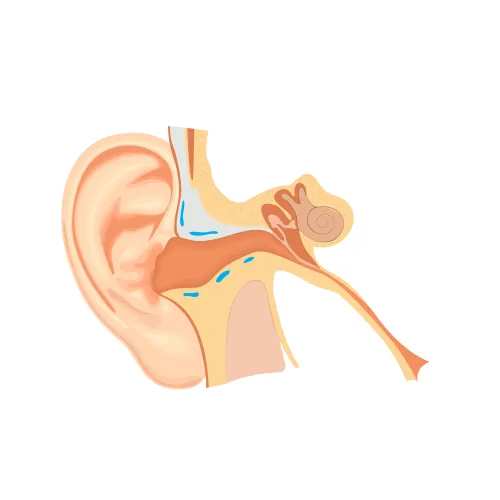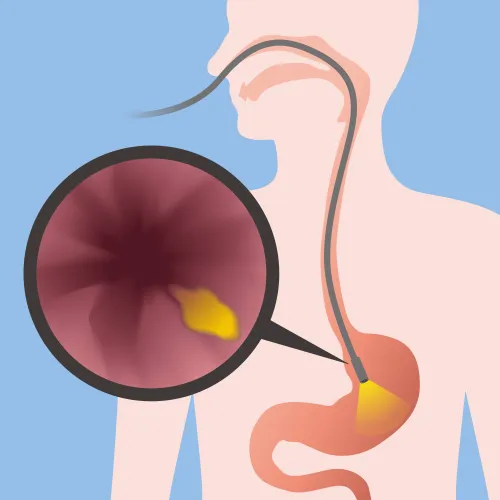Know Authoritative Guidelines on This RC, Biceps Tenotomy Procedure

Consider a wide range of relevant guidelines. A common surgical procedure such as an arthroscopic rotator cuff repair is bound to have a plethora of coding guidelines ranging from a wide variety of sources. Aggregating each of these sources into one place is a useful technique to streamline the coding processes behind these sorts of procedures. Where things can get tricky is when you’re tasked with throwing one or more secondary surgeries into the mix. Today, you’ll refresh your notes on all the pertinent guidelines on arthroscopic rotator cuff repair surgeries. Furthermore, you’ll see what other rules authoritative sources such as the Centers for Medicare & Medicaid Services (CMS) have in place for what to do when the surgeon performs a biceps tenotomy, as well. Work through this example surgical scenario for a better understanding of how to code this common dual procedure. See Biceps Tenotomy, RC Repair Bundling Rules Example: Arthroscopic rotator cuff repair of the left shoulder with an arthroscopic biceps tenotomy. Before diving into the coding of the rotator cuff repair, there’s some confusion surrounding the coding of biceps tenotomy procedures that should be cleared up. While some may argue that a biceps tenotomy should be reported with unlisted code 29999 (Unlisted procedure, arthroscopy), most authoritative sources on the subject would disagree. In fact, the authoritative sources on the subject advise that you shouldn’t be coding for the biceps tenotomy at all. Specifically, the American Academy of Orthopedic Surgeons (AAOS) covers the topic in their “FAQ for Shoulder/Elbow” section by explaining the following: However, if you missed this guideline, the good news is that you’ll find instruction on how to report a biceps tenotomy with rotator cuff repair from multiple sources. For instance, CPT® Assistant (September 2012; Volume 22: Issue 9) adds further context: “From a CPT® coding perspective, because the biceps are tenotomized at the time of the debridement, only the debridement should be reported.” Consider Other Guidelines for 29827, Extensive Debridement For the arthroscopic rotator cuff repair, you’ll want to refer to code 29827 (Arthroscopy, shoulder, surgical; with rotator cuff repair). Before finalizing your coding process, you’ll want to make sure you’re fully informed on the National Correct Coding Initiative (NCCI) Policy Manual guidelines on the submission of limited or extensive debridement codes with underlying arthroscopic surgery codes. First, note that according to CMS, “Shoulder arthroscopy procedures include limited debridement even if the limited debridement is performed in a different area of the same shoulder than the other procedure.” This means that under no circumstances shall you report 29822 (Arthroscopy, shoulder, surgical; debridement, limited) with another shoulder arthroscopy procedure. However, the rules are slightly more lenient when it comes to reporting 29823 (Arthroscopy, shoulder, surgical; debridement, extensive) with shoulder arthroscopy procedures. CMS explains that outside of three specific CPT® codes, extensive debridement will also be considered in all other shoulder arthroscopy procedures. The NCCI Policy Manual further addresses the three exceptions: As you can see, 29827 qualifies to be submitted alongside 29823 since it’s one of the three exception codes listed. However, a biceps tenotomy, on its own, does not justify the reporting of an extensive debridement alongside the 29827. The AAOS elaborates further on what constitutes a limited versus extensive debridement: While a biceps tenotomy alone doesn’t warrant 29823, that doesn’t mean that the operative report doesn’t support coding for an extensive debridement. At this point, you’ll have to examine each report on a case-by-case basis. The NCCI Policy Manual guidelines explain that an extensive debridement must occur within a separate shoulder area, or compartment, than that of the underlying arthroscopic procedure in order to code 29823. This means that the surgeon must document extensive (as described above) cartilage and/or bone debridement in an area of the shoulder outside of the glenoid. Stick to NCCI When Handling Conflicting Guidelines There’s one scenario to look out for in which the guidelines seem to contradict one another. Consider a scenario where the surgeon performs an arthroscopic rotator cuff repair with a subsequent chondroplasty of the glenoid and associated osteophytes. Here, you’ve got two competing sets of guidelines. The NCCI Policy Manual specifically instructs you to code an extensive debridement when the surgeon performs the debridement “in a different area of the same shoulder.” However, the AAOS states that an extensive debridement “includes a chondroplasty of the humeral head or glenoid.” In this example, you should defer to the NCCI Policy Manual guidelines. While the debridement clearly qualifies as extensive, its anatomic relativity to the site of the rotator cuff repair means it’s an included component of 29827. As Sarah L. Goodman, MBA, CHCAF, COC, CHRI, CCP, FCS, president and CEO of SLG, Inc. Consulting in Raleigh, North Carolina, states: “The NCCI Policy Manual provides a wealth of information and should be consulted, especially when addressing difficult coding scenarios.”




